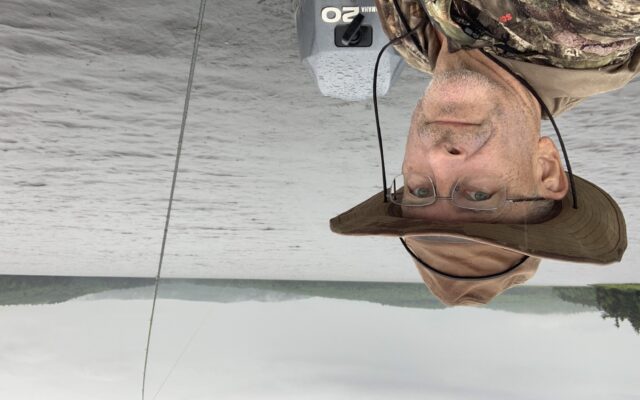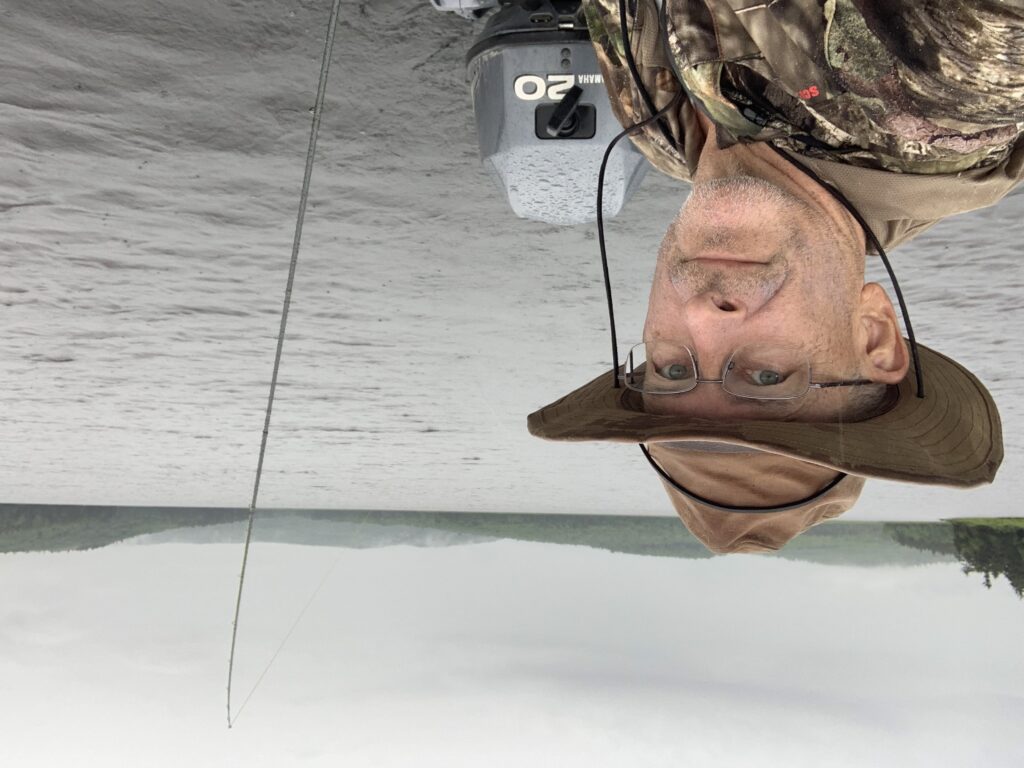
We took a remote fishing trip to North Maine Woods
By Pete Warner, Bangor Daily News Staff
All too often, we take for granted the amazing outdoor opportunities the state of Maine provides.
Getting out and experiencing the beauty of some largely unspoiled wilderness helps remind us why the state is so special. That was the case recently when a group of four fishing buddies loaded up the trucks and a couple of boats and headed for the North Maine Woods.
The destination was the dam campsite at Penobscot Lake, which would be our temporary home for four days. Penobscot Lake is located in Somerset County, some 25 miles from Jackman, close to the Quebec border.
It serves as the headwaters of the west branch of the Penobscot River, the largest river in Maine and the second largest in New England. The Penobscot, which for millennia was the lifeblood of the state’s native peoples, later became a superhighway for logging, leading to Bangor becoming the lumber capital of the world in the 1850s.

PENOBSCOT LAKE — Bangor Daily News Outdoors Editor Pete Warner trolls a streamer fly on Penobscot Lake in Somerset County.
The Penobscot River also has been a fabulous coldwater fishery for landlocked salmon and brook trout and was a popular destination for Atlantic salmon anglers. It continues to support many inland and sea-run species that provide opportunities for anglers and food for hungry eagles, ospreys and other wildlife.
Penobscot Lake serves as a quiet and seemingly inauspicious start for the Penobscot River. It encompasses 1,019 acres and reaches a maximum depth of approximately 110 feet.
Chris Lander of Orrington, who formulated the plans for the trip, thought it would be a great place to spend a few days fishing and camping.
Penobscot Lake is a State Heritage Fish Water, which means it is inhabited by brook trout and Arctic charr (aka blueback trout) and either has never been stocked by the Maine Department of Inland Fisheries and Wildlife, or has not been stocked for at least 25 years.
For some members of our fishing group, it was our first time fishing at a State Heritage Fish Water. That enhanced the challenge somewhat, as such lakes and ponds are restricted to the use of artificial lures only.

WATER FLOW — Water from Penobscot Lake flows through the dam and down this stream, where a small, but willing, brook trout was waiting.
We admittedly arrived without much knowledge about how to target the brookies and Arctic charr, but employed some of our tried-and-true methods: lures and flies that had brought some success in the past.
The fishing was slow. Our quartet produced only two legal-sized fish — those of at least 10 inches — during the course of three days, one charr and one brook trout, courtesy of Chris Lander and his brother Bill Lander, of Dedham.
Some fly casting near a trickling inlet yielded some pint-sized Arctic charr, which were literally hitting everything we threw at them. Former Bangor Daily News Outdoors Editor John Holyoke showed off his casting skills while enticing the fish.
With hot weather having descended on the area, we theorized that we probably had arrived too late in the season for optimal action. Lake temperatures ranged from the high 60s to the low 70s, likely forcing the fish into cooler, deeper water.
Perhaps a visit to Penobscot Lake in late May or early June — or using some deeper-water gear including either downriggers or lead core line — would have resulted in more fish.
In spite of the limited success, including several other short fish caught by Chris and Billy, it was amazing to have an entire body of water almost to ourselves.
We only saw four other anglers in two boats while we were there. One couple spent the first night in the campsite adjacent to ours, but left the next day.
Another local couple intimately familiar with Penobscot Lake arrived after getting shut out at nearby Long Pond. They boated 10 fish, including a 17-inch, two-pound brook trout, at Penobscot.
When they pulled out, the friendly gentleman provided us with intel, including the equipment, tactics and lures that had worked for them.
We could not convert those tips into results, but they were greatly appreciated nonetheless.
The rain came around midday on Saturday, sending the crew back to the campsite for lunch and a re-evaluation of our plans. As the guys sat tight, hoping for a break in the rain, I opted to walk down the steep and thickly forested bank below the small dam to see if there was any fishable water.
One small pool was visible from above and I surmised there had to be others. The question was if I could get down there conveniently and safely.
Decked out in my Walmart camo rain jacket, an already wet pair of jeans and some Crocs, I negotiated the rain, mud, branches, blowdowns and slippery ground until I found some space overlooking the stream where it took a sharp bend to the right.
I stood carefully on a small, flat rock that afforded me barely enough space to make some casts, alternating hands, with a small spinning rod equipped with a small gold Super Duper lure.
I overshot my target and hooked onto a rock, bush or branch two dozen times trying to probe the rushing water. As the rain intensified I retrieved the Super Duper across the stream and had a tentative hit from a fish.
A few minutes later, I cast to the same area 20 feet away and pulled the lure across the current. Bang! This time, the fish was hooked.
I got it to the shore and lifted it to remove the hook. It was a brookie, about eight inches long. A little discomfort, and some extra effort, had yielded a satisfying moment.
Despite deploying a variety of lures, I hadn’t taken a single fish from the lake while trolling. I did connect with a five-inch Arctic charr on a fly, but not without considerable effort and frustration — and some coaching from John.
The trip had produced numerous firsts, including fishing in the North Maine Woods, landing an Arctic charr and visiting a State Heritage Fish Water, one that was part of a historic state waterway.
The number and size of the fish caught wound up being only an afterthought and the experience left us all yearning for the chance to do it again soon.